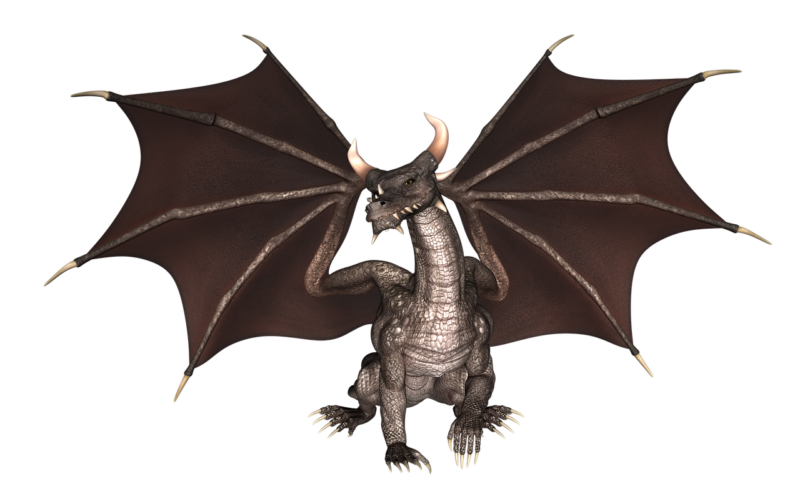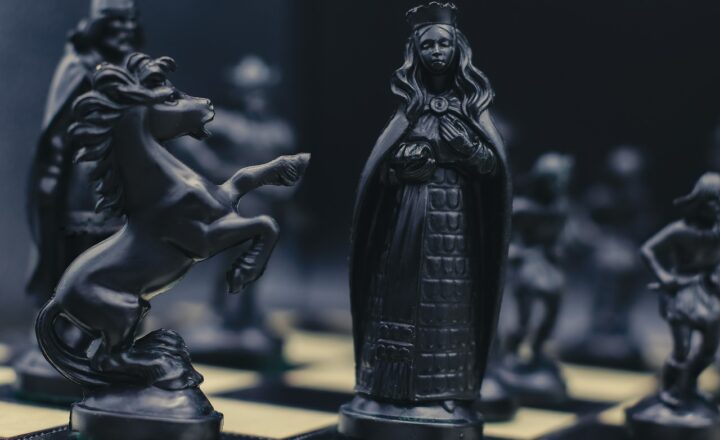Why Certain Ancient Myths About Dragons, Giants, and Monsters Persist Across Generations
November 17, 2024

The world of mythology is replete with magnificent creatures that defy the boundaries of nature: dragons soaring through the skies, giants wielding immense power, and fearsome monsters lurking in the shadows. These tales have captivated audiences for centuries, carving out their places in both ancient texts and contemporary culture. But why do these myths about dragons, giants, and monsters endure across generations? This article explores the psychological, sociocultural, and historical reasons behind the persistence of these legendary figures in human storytelling.
1. The Archetypal Nature of Myths
Mythological creatures often serve as archetypes that resonate deeply within the human psyche. According to psychologist Carl Jung, archetypes are universal symbols that help connect individuals to collective memories and experiences. Dragons, giants, and monsters represent fears, aspirations, and moral lessons.
**Dragons** can symbolize chaos and destruction but also power and wisdom. Cultures from Europe to Asia see dragons as complex beings, embodying both good and evil.
**Giants** often depict strength and might, serving as formidable obstacles for heroes on their journeys, representing challenges in our own lives.
**Monsters** can embody fears of the unknown—emerging from dark corners of our minds, perhaps representing societal issues such as war, famine, and disease. The multiplicity of meanings attached to these creatures allows them to evolve over time while remaining relevant.
2. Cultural Exchange and Storytelling
As civilizations interacted with one another, myths were shared, adapted, and reimagined, allowing these creatures to transcend geographic and temporal boundaries. The trade routes of the ancient world were not just channels for goods but also for ideas and stories.
Tales of dragons can be traced in ancient Mesopotamian texts, as well as in Greek mythology, Chinese folklore, and North American indigenous legends. Similarly, giants appear in various forms in Norse mythology (such as the Jotunn) and Greek tales (like the Titans). The adaptability of these myths enables them to maintain relevance in new cultural contexts.
The advent of writing helped preserve these myths, ensuring their transmission to future generations. Modern media, including books, films, and video games, has become a new conduit for these ancient myths, continually reinterpreting them for 21st-century audiences.
3. The Role of Myths in Human Experience
Myths perform vital functions in human experience—addressing existential questions and moral interpretations of the world. They offer frameworks through which individuals can navigate their lives, provide explanations for natural phenomena, and establish societal norms and values.
For example, in many cultures, dragons are revered as symbols of protection and good fortune. Native to various myths, they can also embody themes of hubris and the downfall of heroes. Myths of giants often explore the duality of power and responsibility. Through these stories, societies establish moral cues and inspire discussion surrounding bravery, understanding, and humility.
This link between mythology and morality is one reason why the myths endure; they provide not just entertainment but guidance to help individuals find meaning in their lives.
4. Psychological Benefits of Myths
Engaging with myths about dragons, giants, and monsters serves psychological purposes as well. These narratives often act as a form of escapism, allowing individuals to confront fears, challenges, and desires from a place of safety and distance.
In this way, dragons can represent personal challenges that an individual must overcome, while giants symbolize larger obstacles in society, such as systemic injustice or overwhelming pressures.
Furthermore, myths often include heroic journeys, imbuing audiences with a sense of hope and possibility. Heroes battling monsters or dragons can inspire personal resilience and courage, echoing Joseph Campbell’s concept of the “hero’s journey” that resonates through many cultural myths.
5. The Influence of Popular Culture
The resurgence and continued fascination with myths related to dragons, giants, and monsters can partially be attributed to their representation in modern popular culture. Iconic films, television series, books, and games have reignited interest in these mythical beings.
Series such as *Game of Thrones* and films like *Harry Potter* have brought dragons back into the spotlight, introducing contemporary audiences to age-old myths in fresh and engaging ways. Similarly, giants and monsters feature prominently in blockbuster fantasy films, ensuring their relevance in modern storytelling.
This cyclical relationship between ancient myths and contemporary storytelling serves not only to entertain, but also to appeal to the human craving for adventure, challenge, and the extraordinary.
6. Educational Value
Lastly, the enduring nature of these myths serves an educational purpose. They provide insights into historical contexts, cultural values, and the fears and aspirations of the people who crafted them. Studying ancient myths fosters critical thinking and connects modern individuals to their ancestral roots.
Many educators and scholars incorporate myths into curricula to teach lessons about morality, history, and culture. It opens conversations about the function of storytelling in human development and aids in understanding the complexity of human emotions and social dynamics.
By maintaining these narratives in contemporary education, we ensure that the symbols of dragons, giants, and monsters continue to enrich our collective consciousness.
Conclusion
The myths surrounding dragons, giants, and monsters persist across generations due to their archetypal nature, cultural exchange, moral teachings, psychological benefits, popularity in modern culture, and educational value. As long as humanity continues to seek meaning in the unknown and yearn for the extraordinary, these mythical figures will remain at the forefront of storytelling.
By examining and reviving these ancient narratives, we connect not only to our past but to the profound lessons that can guide us into the future, maintaining the relevance of these extraordinary beings in our collective imagination.
Myths may evolve, but the quiet roar of dragons, the mighty stride of giants, and the lurking shadows of monsters will continue to echo through time, captivating hearts and minds for generations to come.








